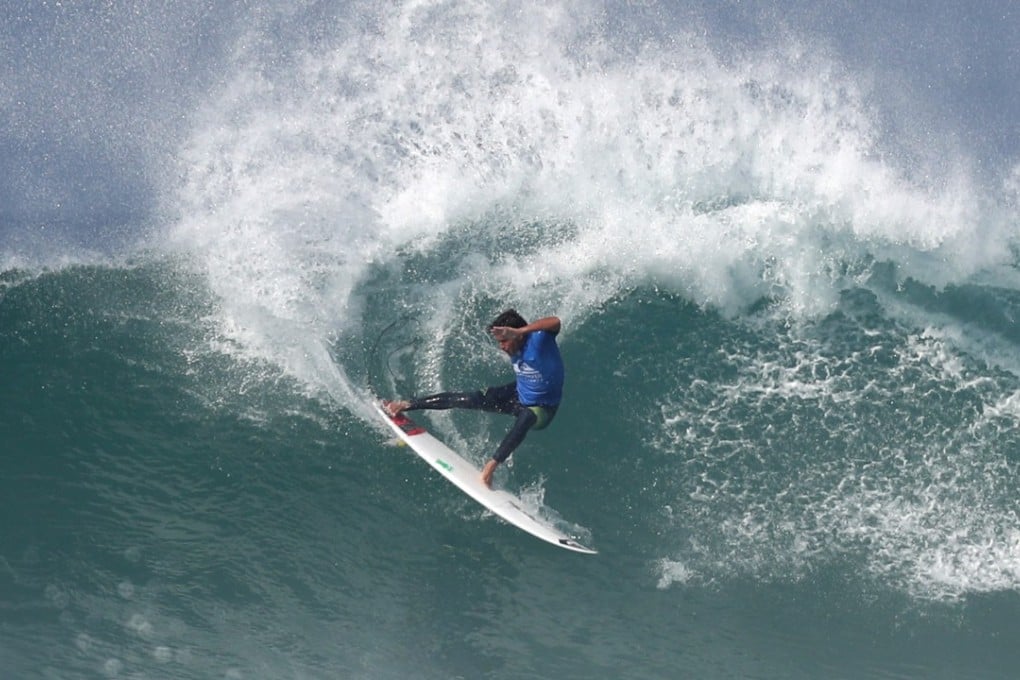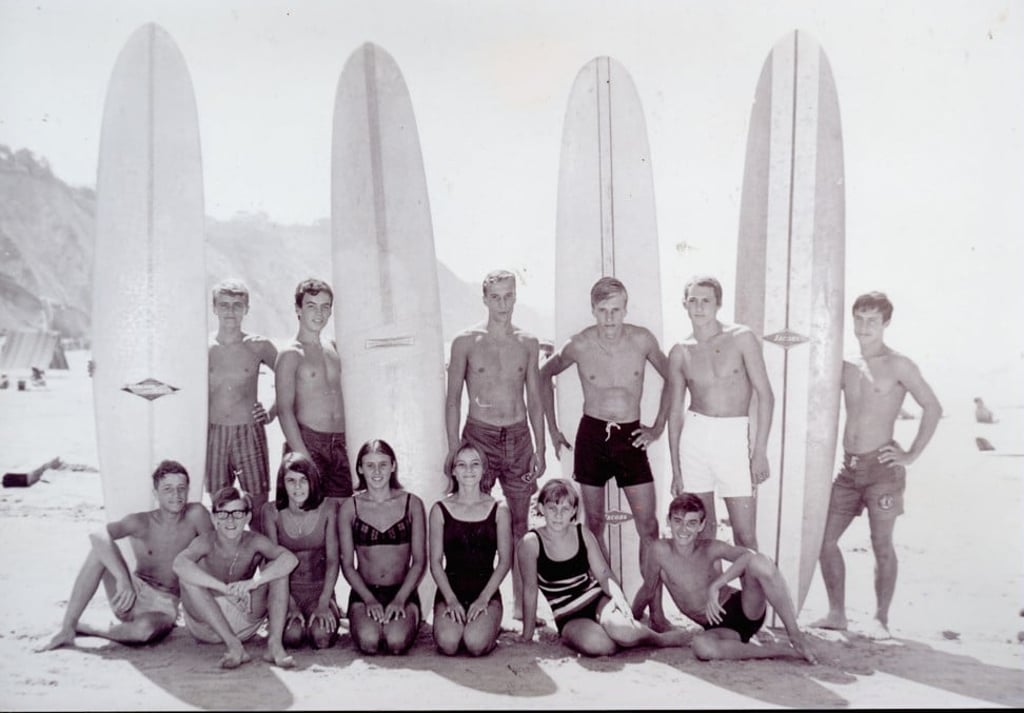Surfing then and now in southwest France: 40 years of Biarritz breaks and beers
In the 1970s renegade surfers were greeted with bemusement on the beaches of France’s Atlantic coast; now it’s the cars without surfboards on that stand out at this stop on the World Surf League tour

It was 1979 and we’d hit the road in an old, beat-up Peugeot Estate, heading to the wave-washed coast of southwest France on a surf trip – my first ever.
Eventually we arrived at our destination, Biarritz, the surf capital of Europe at a time when the sport was still a niche activity enjoyed only by a renegade few. From the early 1960s to the early ’80s the area around Biarritz, known as the Côte des Basques, and the Landes region to the north, was the focus of all the action.
Today, the French surf scene extends along the length of the country’s Atlantic coast. But it’s the 260km strip of coastline between the French/Spanish border in the south and the Gironde estuary to the north that is a global hub for surfing – and it relies on surfers for its economic well-being.
Every town and village along this stretch of coast has surf schools, surfboard hire, surf boutiques, surf cafes and bars, surf camps and hotels. Quality spots, like those found by the score along the Landes coastline, can generate in excess of US$20 million a year for the local economy, according to research by the University of Oxford.

Of course, none of this would be possible without the perfect combination of waves, climate and culture that the region offers, which is what lured us there in the first place back in 1979.
